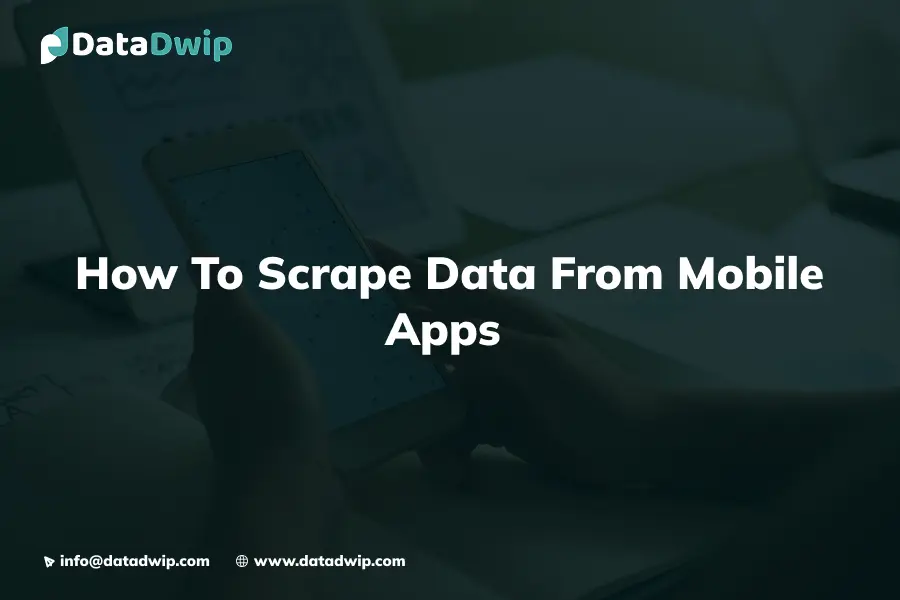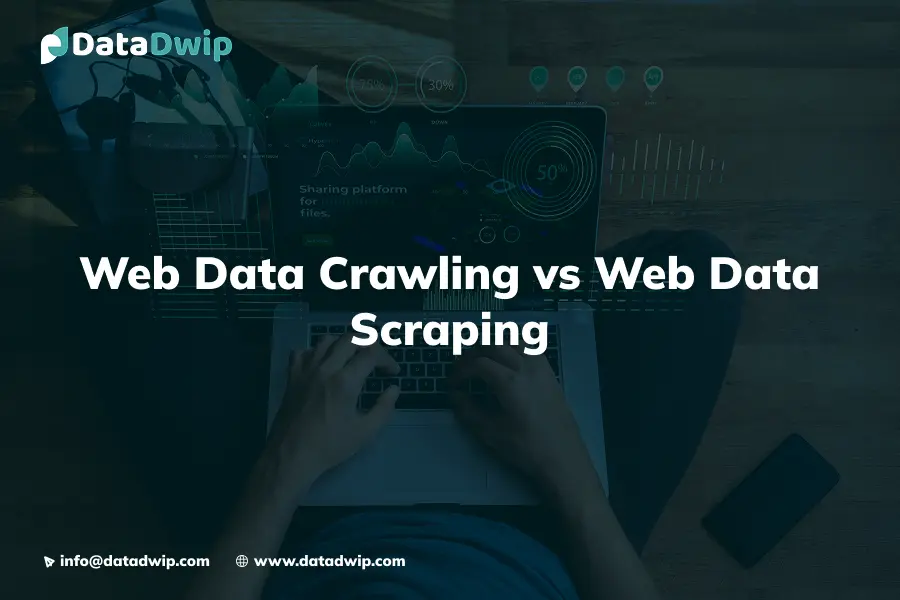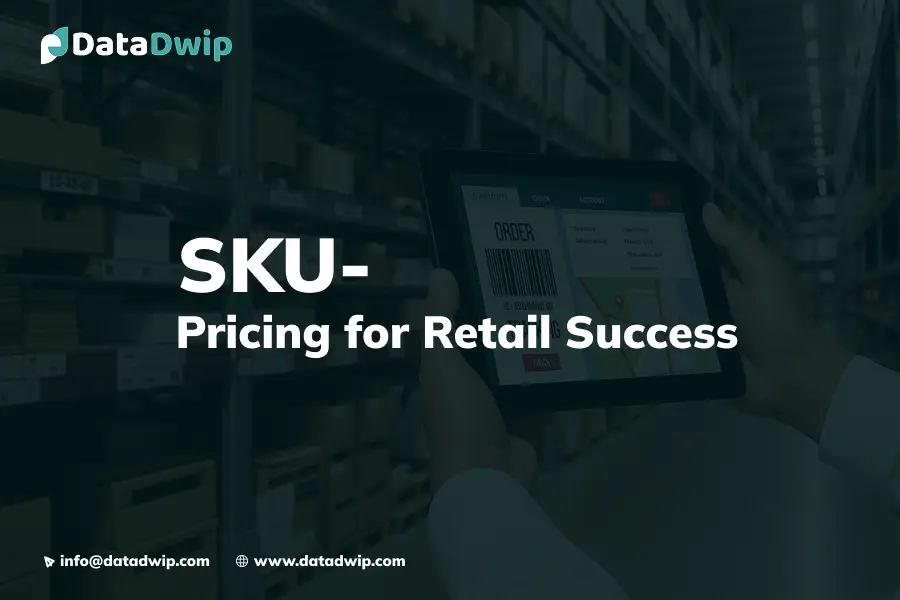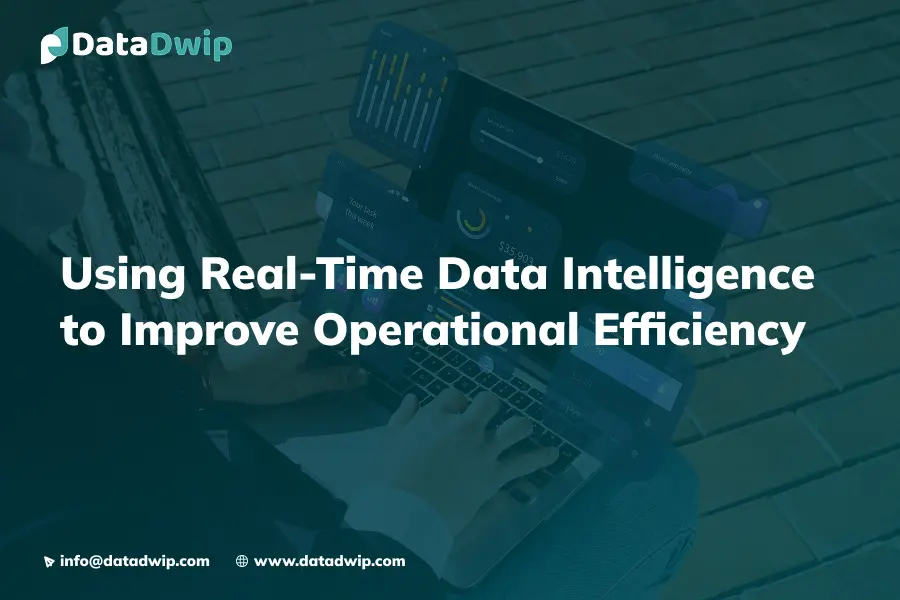If you’ve ever wondered how to extract meaningful information from a mobile app without violating rules or laws, you’re not alone. Mobile app scraping is a powerful but often misunderstood process. Whether you’re tracking product prices, gathering user reviews, or conducting academic research, knowing how to ethically and efficiently extract mobile app data can be a game-changer.
But before diving into the technical weeds, let’s lay down the groundwork.
Why Scrape Data from Mobile Apps?
Mobile apps often offer richer or more up-to-date data than their web counterparts. Think of shopping apps with real-time pricing, fitness apps with logged workouts, or travel apps with live ticket availability. This data is valuable for competitive analysis, trend monitoring, or personalized services. Mobile app scraping services provide structured access to this information when done responsibly.
Legal and Ethical Considerations
Mobile app scraping isn’t a legal free-for-all. Many apps include strict restrictions in their Terms of Service that explicitly prohibit scraping. Breaking these terms may result in legal consequences, including bans or lawsuits.
Additionally, privacy regulations like GDPR (General Data Protection Regulation in Europe) and CCPA (California Consumer Privacy Act) mandate that user data cannot be collected or processed without clear consent. When scraping mobile app data, always:
- Avoid scraping personally identifiable information (PII).
- Anonymize any collected data.
- Provide a clear ethical rationale for your scraping.
- Log all actions and ensure transparency if your data is shared downstream.
Understanding Mobile App Architecture
Before jumping into mobile scraping tools, it’s essential to understand how different apps function under the hood.
Native Apps: Built specifically for a single platform (Android or iOS), offering deep integration with device hardware and optimized performance.
Hybrid Apps: Built using web technologies (HTML, CSS, JS) but packaged in a native shell. Think of them as websites disguised as apps.
Web Apps: Accessed through a browser and do not require installation. These are essentially mobile-optimized websites.
Understanding these app types helps determine which scraping approach will work best. For example, hybrid and web apps are often easier to scrape with tools like a web scraping app or scraper app that interacts with HTML elements.
Backend APIs and Communication
Most apps communicate with a server through RESTful APIs. These APIs exchange data using HTTP/HTTPS protocols. Your goal is to intercept this traffic and find useful endpoints.
Tools for Inspecting App Traffic
To snoop on these exchanges:
- Wireshark: Captures all network packets in real time.
- Fiddler: Debugs web traffic.
- mitmproxy: A powerful tool to intercept and manipulate HTTPS traffic.
Understanding the backend infrastructure is fundamental for tasks like Android web scraping, where requests and responses reveal the app’s data handling mechanisms.
Preparation and Tools
Proper preparation ensures efficiency, safety, and success when undertaking a mobile scraper project.
Devices and Environments
- Android Emulator: Tools like Android Studio or BlueStacks help simulate Android environments.
- iOS Simulator: Comes with Xcode and is useful for simulating iPhones or iPads.
Network Monitoring Tools
- Wireshark
- Fiddler
- mitmproxy (Ideal for HTTPS interception)
Reverse Engineering Tools
- apktool: Decompiles APKs for analysis.
- JADX: Converts DEX files to Java.
- Frida: Injects scripts into running processes for dynamic analysis.
API Testing & Programming Tools
- Postman or Insomnia: For API testing.
- Python with libraries like requests, BeautifulSoup, or http.client for automating tasks.
Each tool plays a specific role, whether for web scraping mobile apps through API testing or conducting dynamic inspection for complex app scraping cases.
Method 1: Scraping via API Calls
This is the most efficient and preferred method.
Intercepting App Traffic
Use mitmproxy to analyze traffic. Configure your mobile emulator or physical device to route traffic through your local machine’s proxy.
Identifying API Endpoints
Once you spot endpoints returning useful data (e.g., product details, user reviews), take note of:
- HTTP method (GET, POST)
- URL path and parameters
- Authorization headers
Understanding the Request/Response Format
API responses usually return JSON objects. Understanding the structure allows you to parse them programmatically.
Automating API Calls with Python
Once you’ve mapped out endpoints, automate them with Python:
import requests
headers = {'Authorization': 'Bearer YOUR_TOKEN'}
response = requests.get('https://api.example.com/data', headers=headers)
print(response.json())This transforms manual mobile app scraping into an efficient, repeatable process.
Method 2: Reverse Engineering the App
If API scraping fails, dig deeper.
Decompiling APKs
- Use apktool to extract AndroidManifest.xml, classes, and resources.
- Use JADX to convert bytecode to readable Java code.
Analyzing Source Code
- Look for hardcoded URLs, endpoints, API keys, and tokens.
- Identify logic related to authentication.
Bypassing Obfuscation
- Some apps obfuscate code to hide logic.
- Use Frida to hook into runtime methods and extract behavior or data.
Using Frida for Dynamic Analysis
frida -U -n com.example.app -l hook_script.jsReverse engineering is especially useful for locked-down environments where a traditional mobile scraper can’t reach beneath the UI surface.
See Also: Automating Data Collection for Market Research with Web Scraping
Method 3: UI Automation (Last Resort)
Sometimes, data is rendered directly in the UI and isn’t available via APIs.
Tools for UI Automation
- Appium: Automates mobile UI interactions.
- UIAutomator: Android-specific automation framework.
When to Use This Method
- APIs are encrypted or hidden.
- Reverse engineering is blocked.
Pros and Cons
- Pros: Works when all else fails.
- Cons: Prone to breaking with UI updates. Slower and less scalable.
In this context, a scraping app mimics a human user and extracts visible content—a practice common in mobile app scraping services when other methods fail.
Authentication and Session Handling
Handling Token-Based Authentication
- Use tools to capture OAuth or JWT tokens.
- Attach tokens to headers in your requests.
Capturing and Reusing Session Tokens
- Extract cookies or tokens from the app and reuse them in scripts.
Dealing with SSL Pinning
- Some apps use certificate pinning to block proxies.
- Use Frida or patch the APK to bypass this.
Efficient token handling is critical for sustained mobile app data scraping.
Challenges and Workarounds
Captchas and Rate-Limiting
- Use headless browsers or third-party services to solve captchas.
- Throttle requests or rotate IPs to avoid blocks.
SSL Pinning and Certificate Validation
- Bypass using Frida or tools like Objection.
Anti-Bot Mechanisms
- Mimic real user agents and behaviors.
- Randomize request intervals.
Data Encryption
- Identify encryption logic in the source code.
- Use runtime hooks to capture decrypted data.
These issues are common whether you’re using a mobile scraper or a more generic web scraping app.
Best Practices and Recommendations
Ethical Scraping
- Always respect the app’s policies and legal boundaries.
- Avoid PII.
Caching and Throttling
- Reduce server load by caching responses.
- Avoid being rate-limited.
Script Maintenance
- APIs change—monitor and update regularly.
Data Storage
- Use structured formats: CSV, JSON, or databases like SQLite or PostgreSQL.
- Encrypt sensitive data.
Additionally, consider using scraper apps that provide modular updates or support for mobile app scraping services with built-in throttling and logging.
Conclusion
Mobile app scraping, when done responsibly, opens doors to data otherwise locked behind app interfaces. From using mitmproxy for API discovery to dynamic analysis with Frida, you’ve got a full toolkit for ethical and effective scraping.
But remember: Just because you can doesn’t always mean you should. Evaluate the value vs. risk, and when in doubt, seek data through official APIs or open data portals. After all, good data practices lead to better products—and better sleep at night.
With the right balance of skill, ethics, and tooling, mobile app scraping is not only achievable—it can be transformative.
FAQs:
1. Can you scrape data from mobile apps legally?
It depends on the app’s terms of service and data privacy laws. Always ensure compliance to avoid legal issues.
2. What tools are used to scrape data from mobile apps?
Tools like mitmproxy, Fiddler, Postman, and Android emulators help intercept and extract app data, often via APIs.
3 Is it possible to scrape data without rooting the device?
Yes, many tools allow API sniffing or UI automation without rooting, especially on Android through emulators.
4. What are common use cases for mobile app scraping?
Common use cases include price tracking, review monitoring, competitor analysis, and app store data aggregation.







